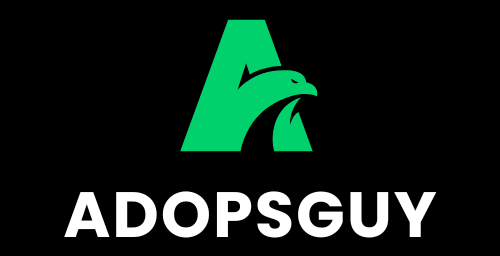The Impact of 5G on Digital Advertising The Impact of...
Color plays a crucial role in advertising, influencing how consumers perceive a brand and make purchasing decisions. The psychology of color is a powerful tool that marketers use to evoke emotions, convey messages, and create memorable brand identities.

Red is often associated with passion, excitement, and urgency. In advertising, it grabs attention and creates a sense of action, which is why it’s commonly used in clearance sales, limited-time offers, and call-to-action buttons. Brands like Coca-Cola and Target use red to evoke excitement and stimulate consumer activity.
Blue conveys trust, reliability, and calmness, making it a favorite for industries like finance, healthcare, and technology. Companies like IBM, Visa, and Facebook use blue to create a sense of security and stability, reassuring customers that they are making safe, dependable choices.
Green symbolizes nature, growth, and health, making it popular for eco-friendly brands, health products, and financial institutions. Brands like Whole Foods and Tropicana use green to connect with themes of sustainability and wellness, while also promoting relaxation and balance.
Yellow is associated with cheerfulness, warmth, and optimism. It’s a color that grabs attention but in a friendly, inviting way. Brands like McDonald’s and IKEA use yellow to evoke positive, happy emotions and create an inviting atmosphere, making customers feel welcome.
Black is often linked with sophistication, luxury, and elegance. High-end brands like Chanel, Louis Vuitton, and Apple use black to create a sense of exclusivity and refinement. It communicates authority and timelessness, appealing to consumers looking for premium products.
Orange combines the energy of red and the cheerfulness of yellow, making it an attention-grabbing and fun color. It’s often used by brands like Nickelodeon and Fanta to promote excitement, creativity, and enthusiasm, particularly among younger audiences.
Purple has long been associated with royalty, creativity, and wisdom. It’s commonly used in beauty and luxury brands to convey a sense of exclusivity and indulgence. Brands like Hallmark and Cadbury use purple to suggest high quality and a premium experience.
How Colors Affect Buying Behavior
Color affects how consumers feel about a product, often without them realizing it. Studies show that people make subconscious judgments about products within 90 seconds of viewing them, and up to 90% of that assessment is based on color alone. Choosing the right color palette can make a brand stand out, create emotional connections, and even influence purchasing decisions.
Understanding the psychology of color in advertising is essential for building strong, effective brand campaigns. Whether a brand wants to inspire trust, excitement, or luxury, the right color choice can make all the difference in how it is perceived by its audience.
The Impact of 5G on Digital Advertising The Impact of...
Exploring Contextual Targeting Exploring Contextual Targeting: The Future of Ad...
We’d love to hear from you! At Adopsguy, we’re committed to providing exceptional support and answering any questions you may have.

The Only Partner you need in Ad-tech
Copyright © 2025 Adopsguy. Designed & Developed by Haven Digi Tech.